Return of the Ambassador: Experts weigh in the legacy Vs market realities factor
How strong a factor can nostalgia and legacy be when it comes to an automobile brand?
The recent news about Hindustan Motors’ flagship brand, the Ambassador, preparing to make a comeback has excited auto enthusiasts. The sturdy car, based on British car Morris Oxford, had ruled the Indian auto market for decades, until it failed to keep up with the times and burgeoning debt, changing consumer preferences and the advent of Maruti pushed it out of existence in 2014.
As per media reports, Hindustan Motors has tied up with French auto maker Peugeot to revive the Ambassador, albeit in an electric avatar. The revamped version is expected to hit the roads a couple of years.
Adgully spoke to a cross-section of industry leaders to gauge their reactions to the news of the Ambassador’s resurrection, their memories of the car, what will work for the current consumer base, and what does the journey for the new avatar of Ambassador look like.
Brand guru Jagdeep Kapoor, Founder Chairman and Managing Director, Samsika Marketing Consultants, reminisced, “The Ambassador car brand was a part of the Indian life. Parents, grandparents and children have all experienced the brand. Except the millennials , who may have seen it in old movies. Ambassador was the original family spacious car, much before today’s SUVs. Whether for the Indian family or the Indian government or the Army, Navy, Air Force officers or whether for gifting or for Bollywood movies, the Ambassador was a large, comfortable car of pride. Many memories like the first car or first used car or first car drive or drive after marriage function are still etched in the Indian consumers’ minds.”
While the nostalgia factor is strong, not many of the industry leaders that Adgully spoke to recalled any old Ambassador ads. Sandeep Goyal, Managing Director, Rediffusion, said, “I don’t recall any advertising for the Ambassador, because in those days brands like Ambassador or Fiat did not need to advertise. They had a queue of customers as production always lagged demand.”
Adding further, he recalled, “Many friends and family owned the Ambassador. The Fiat was more a city car. The Ambassador was more favoured in up country towns and cities. The best advertisement for the Ambassador was the Prime Minister, all Ministers and dignitaries driving with the Indian tricolour on Raj Path – a power symbol above all.”
While Ambika Sharma, Founder & MD, Pulp Strategy, too, did not remember any advertising for the car, she did recall that after the attack on the Parliament, there was a messaging by Ambassador, which said, “Goes anywhere unstopped” or something to that effect, that has stuck with me”.
Satbir SIngh, Founder & CCO, Thinkstr, reminisced, “Having grown up in Kolkata, my Ambassador memories are all about the taxi. While Mumbai had Premier Padmini taxis, Kolkata had the iconic yellow (also black and yellow) Ambassador cabs. I am yet to sit in the rear seat of any car that can come anywhere near the comfort of an Amby. It was not a car seat, it was a sofa!”
An uphill journey
Making a comeback in a highly competitive auto market in India is not going to be an easy task for Ambassador. Since its heydays and exit in 2014, a lot has changed in the auto market. There are several global players that have captured a significant share of the market, consumers are spoilt for choices in terms of design, features, price range and categories – be it the small cars, hatchbacks, sedans, SUVs, mini-SUVs, automatic gear, hybrid versions, the choices are numerous. Moreover, spending power and consumer preferences have also changed a lot.
Speaking about the comeback strategy for Ambassador, Goyal felt that it is going to be a very difficult and uphill journey. “The Ambassador looks and feels like a car from another century. So, it can have retro appeal to a select few. But the old Ambassador really has very few takers in the current environment. The car is clunky, it is old fashioned, it has old engineering. Fighting current styles and brands is nearly impossible.”
Vani Gupta Dandia, Founder of consultancy firm CherryPeachPlum, noted that the Ambassador will find appeal amongst those: 1) who belong to the ambassador generation; and 2) among the lot who wish to make a statement with something vintage.”
According to her, “The Ambassador should remain true to its core but modernise the engine/ tech to deliver a better driving experience. The Ambassador should not aim to copy the auto models currently in the market. But go against the grain of everything that is today considered snazzy and cool. It would be the best way for it to stand out.”
She cited the example of what Camper Shoes did to stand out in the clutter of sports shoes by claiming better tech, urging people to move more, run faster, and perform higher. “Campers instead urged people to live a slow life. This is a very powerful proposition.”
Kapoor’s advice was that the brand needs to continue being the Ambassador of nostalgic family and official memories. “In the new age, the iconic old age heritage, legacy brand should retain its old model. This will cut the clutter and give it a premium price realisation. It can of course introduce additional new models too,” he said.
“In fact in my opinion it should position itself as ‘ Ride the old Pride’, this will work well in the new age, because it is not a car – it is a ‘Vehicle of emotional memories’,” Kapoor maintained.
On the other hand, Thinkstr’s Satbir Singh was of the opinion that the classic design has lost its relevance in today’s sleeker next-gen automobile world. “If their ambition is to sell a few number, the classic look will work. But you cannot sell a substantial number on nostalgia alone. Many of the millennials won’t have too many memories of the car already.”
Classic Vs Contemporary
The very design of the Ambassador car is also it strong recognition and USP, much like the classic Coke bottle. But will it resonate with the millennials? On the other hand, will a radical design change still make it the Ambassador car of yore? Won’t it morph into something entirely different and unrecognisable from the classic, well-remembered look?
Addressing this dilemma, Sandeep Goyal opined, “If Hindustan Motors has to contemporarise the old Morris Oxford, it may want to look at the journey of the VW Beetle, which was upgraded many times in terms of engineering, but did not shed its unique curvaceous look. The Ambassador can and will have appeal only if the broad contouring of the old Morris is largely retained.”
According to Ambika Sharma, “Designs have evolved, there is newer science which should be adopted. Ambassador was this spacious, powerful car. Those elements can be retained with a new contemporary design. Apart from the advantage of technology, there is also the consumer preference for new tech when it comes to cars.”
On the other hand, Vani Gupta Dandia pointed out that the Ambassador was about the comfort of large cushioned seats, the slow and stable beast making its way on the road occupying ample space, telling the world – make way, the big me is here. She asserted, “It should continue to do exactly that. Make the Ambassador the contra brand to a fast, hectic, zip zap lifestyle. Make it instead of slow, leisurely, live life in style and comfort, occupy space – make a statement. Be somebody!”
“This is just off the hat, but this is a powerful space lying open in the auto world which is so naturally Ambassador,” Dandia said, adding, “I’d love to buy an Ambassador myself! And one for my parents!”
Her parting words, “Definitely retain the classic design.”
(Additional inputs by Neha Shukla)



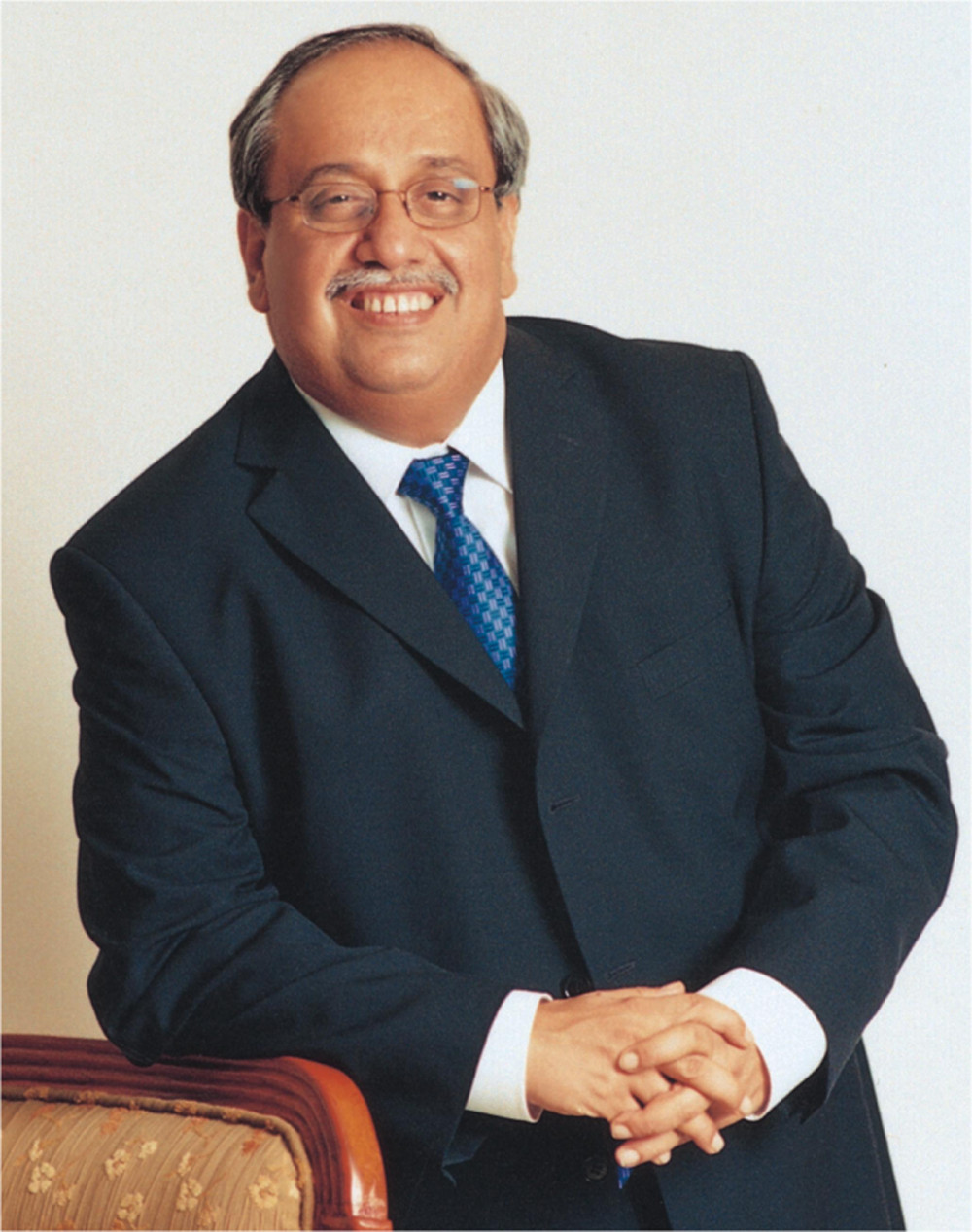
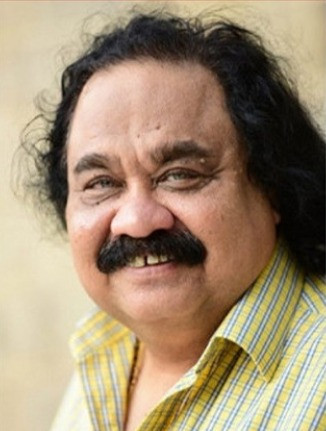



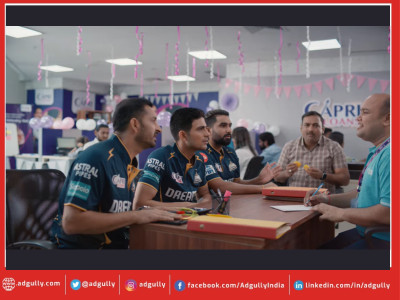
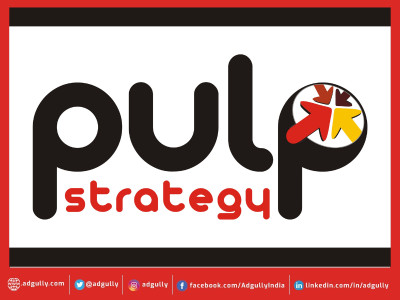
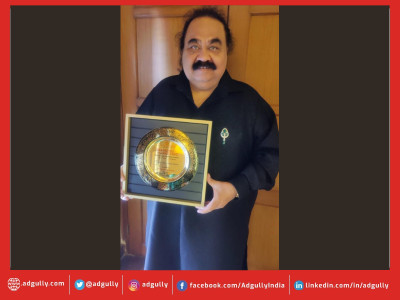
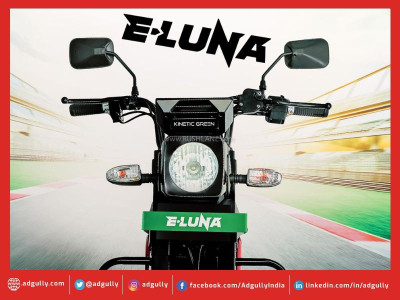


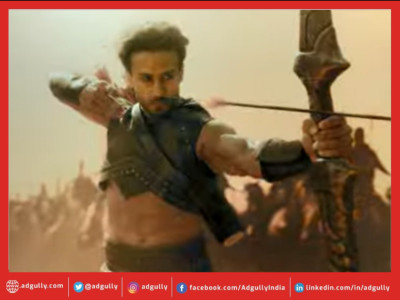
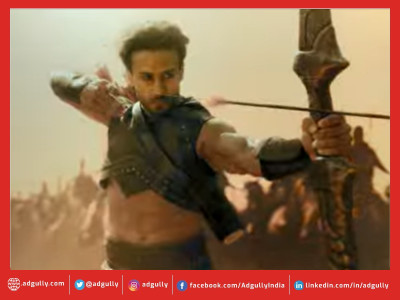

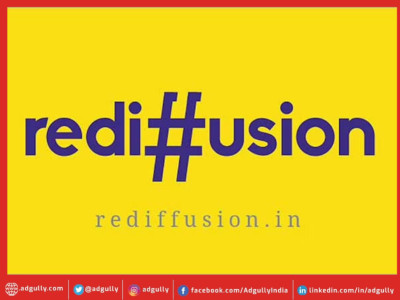




Share
Facebook
YouTube
Tweet
Twitter
LinkedIn